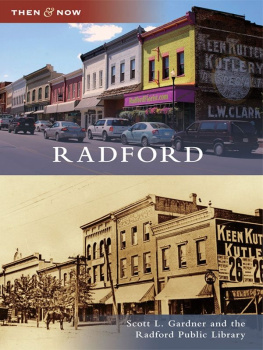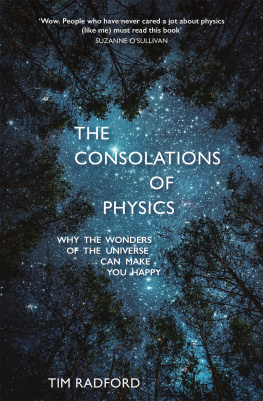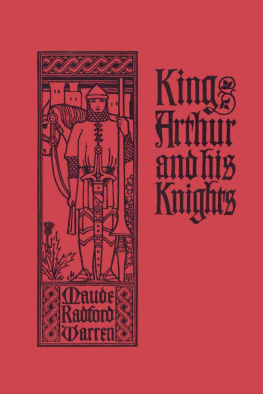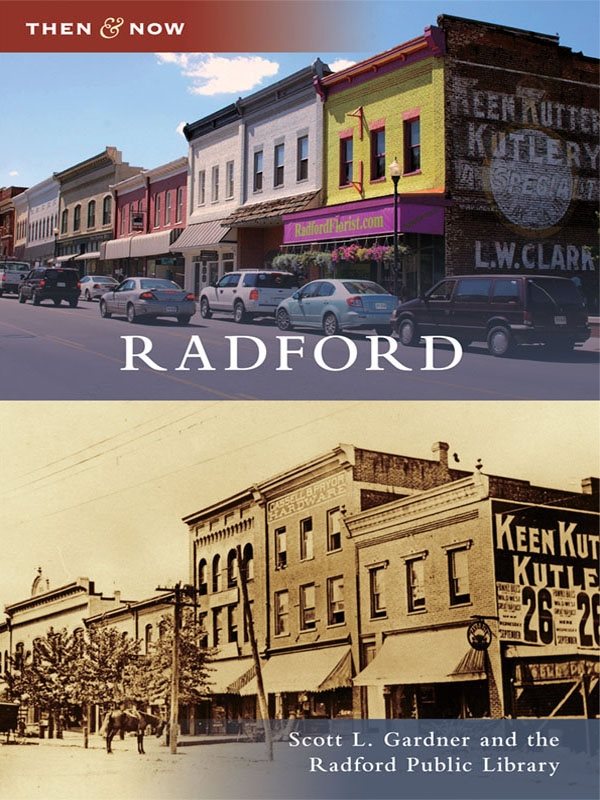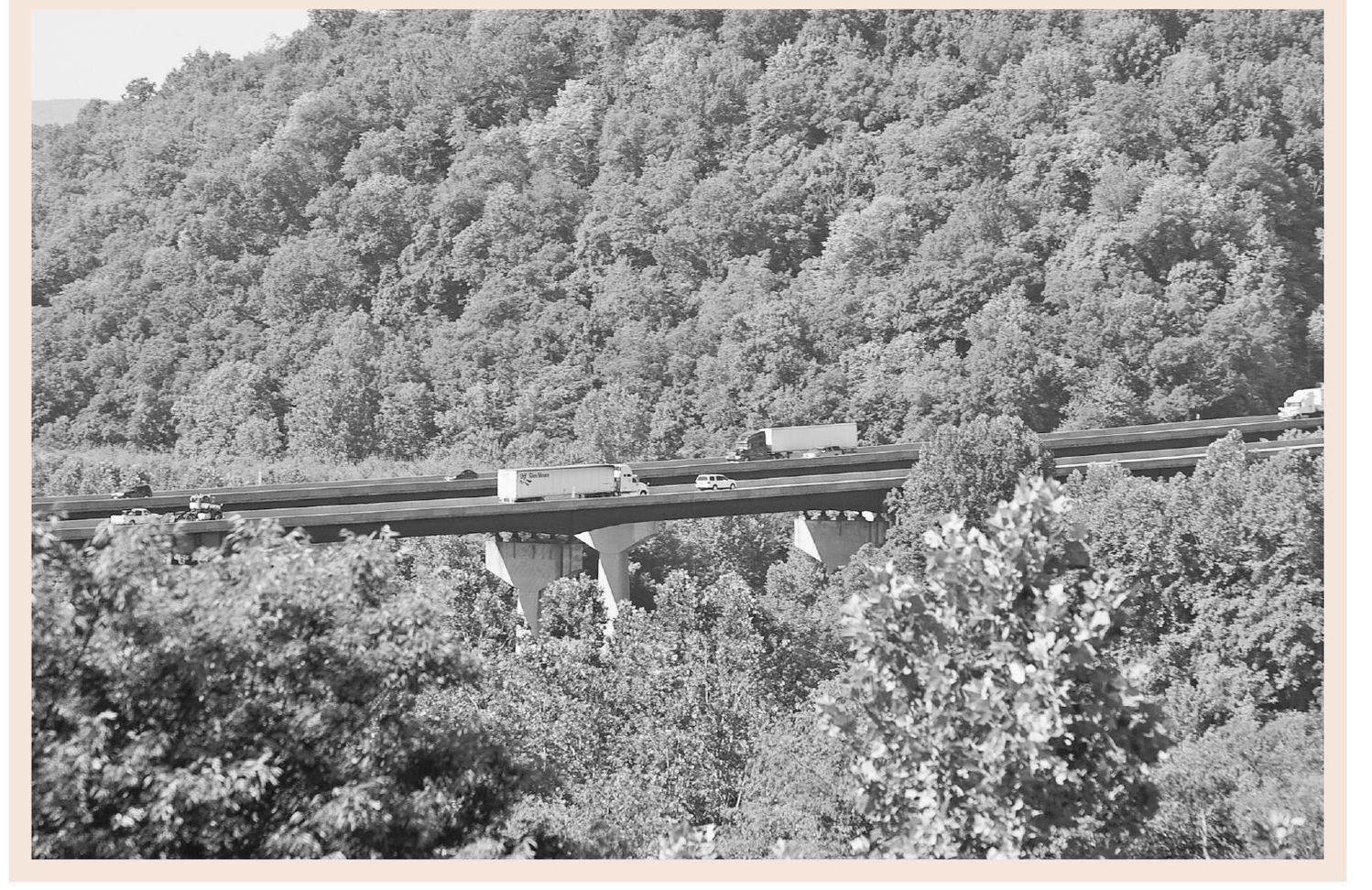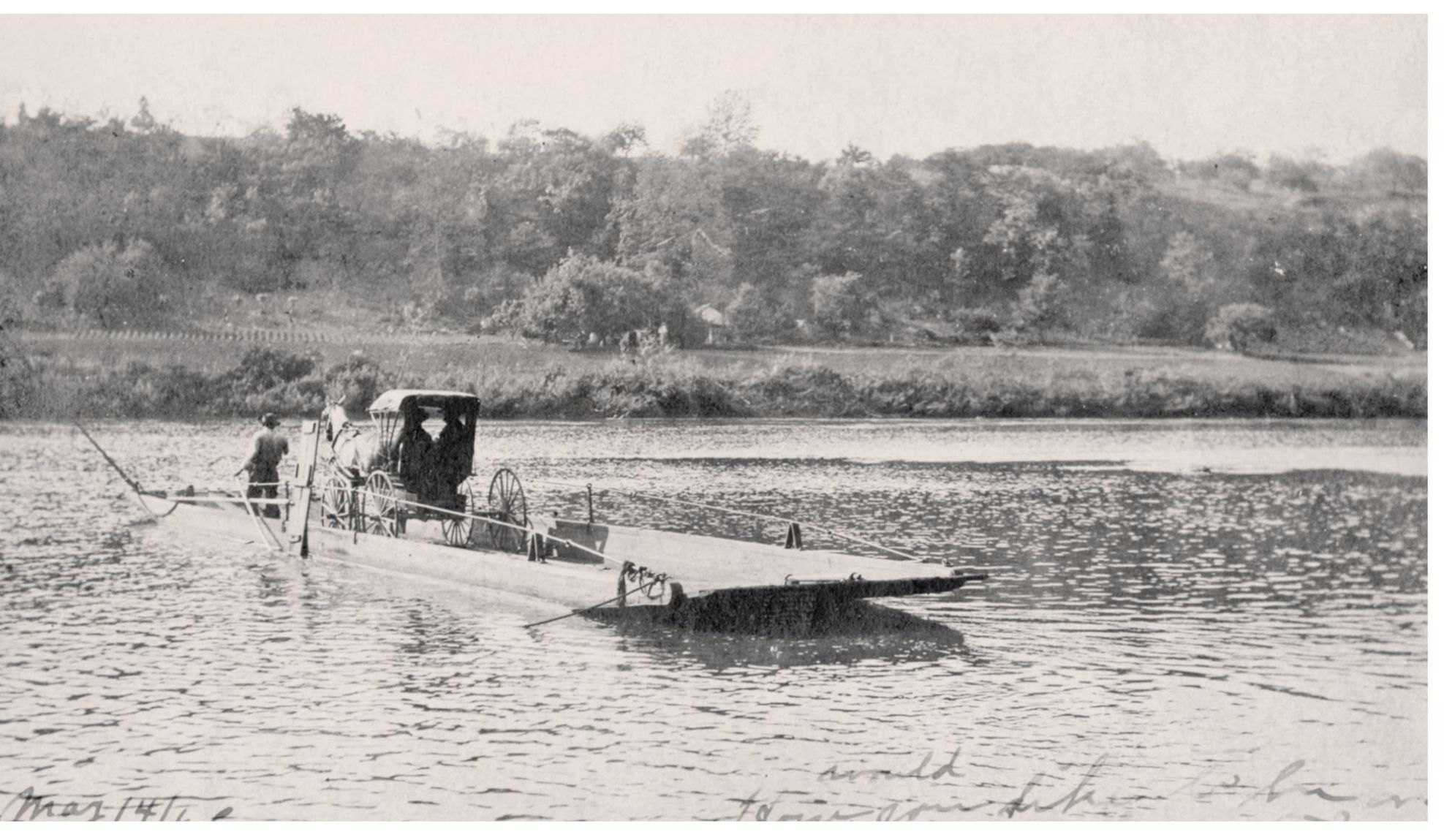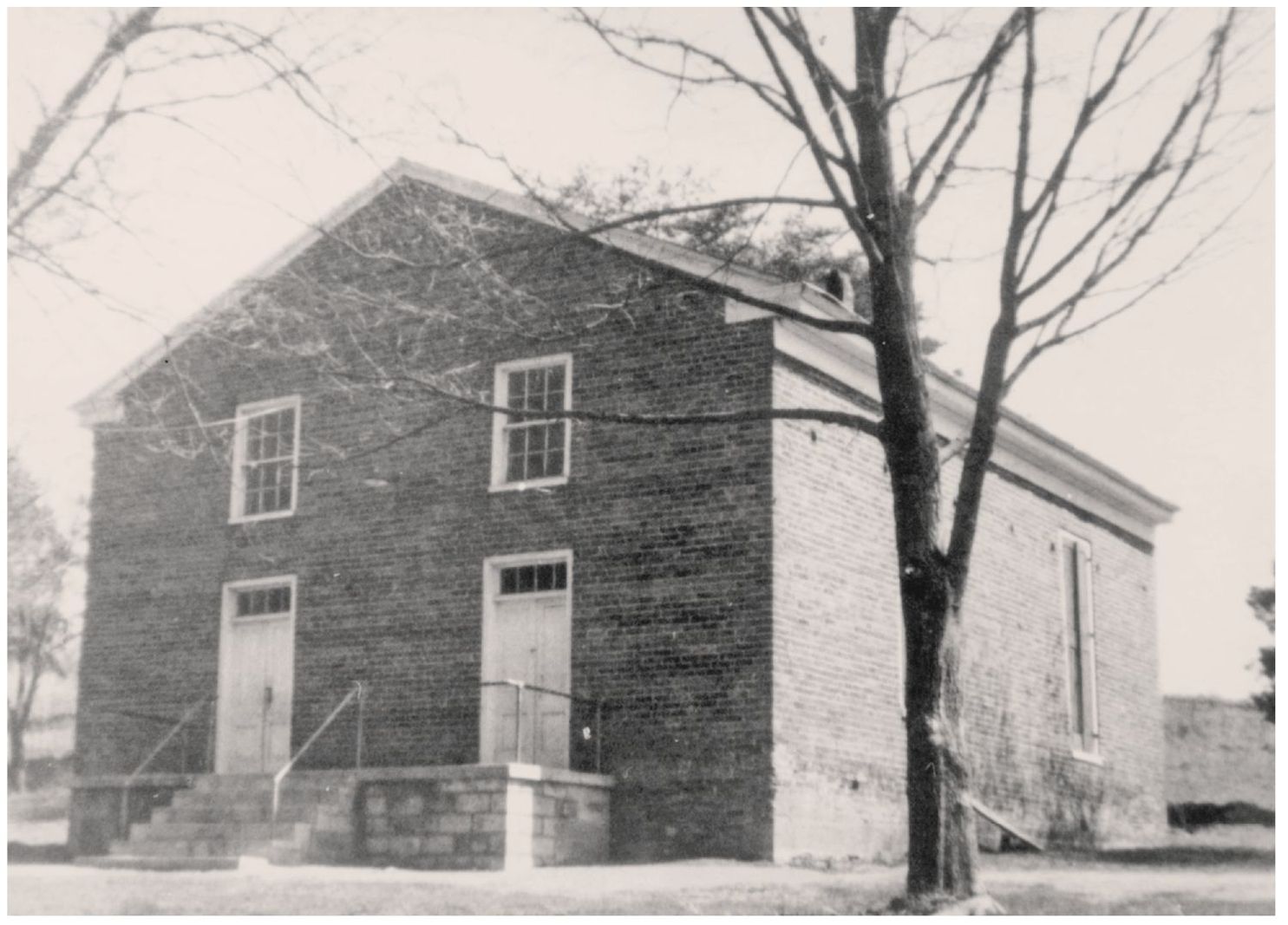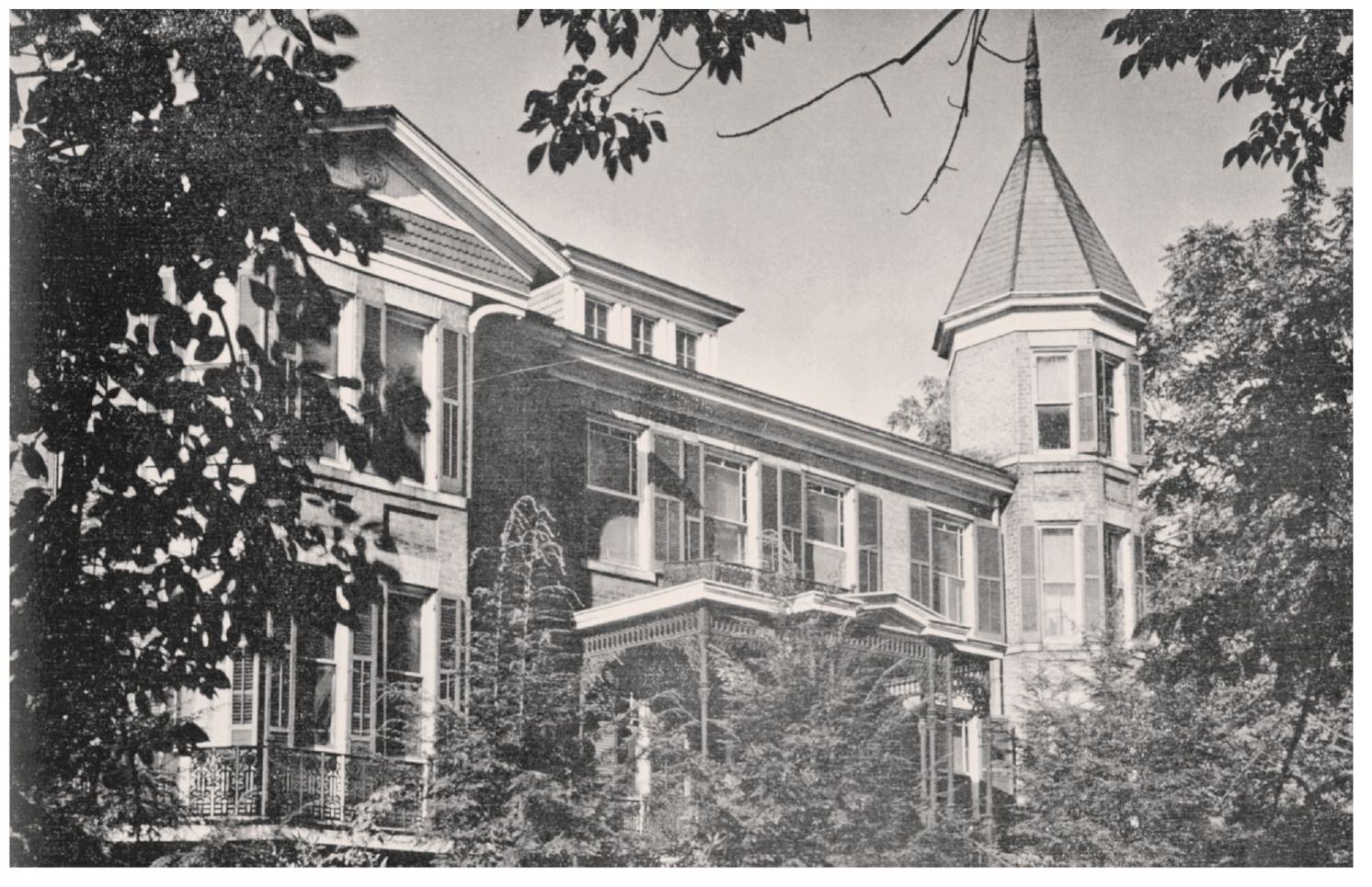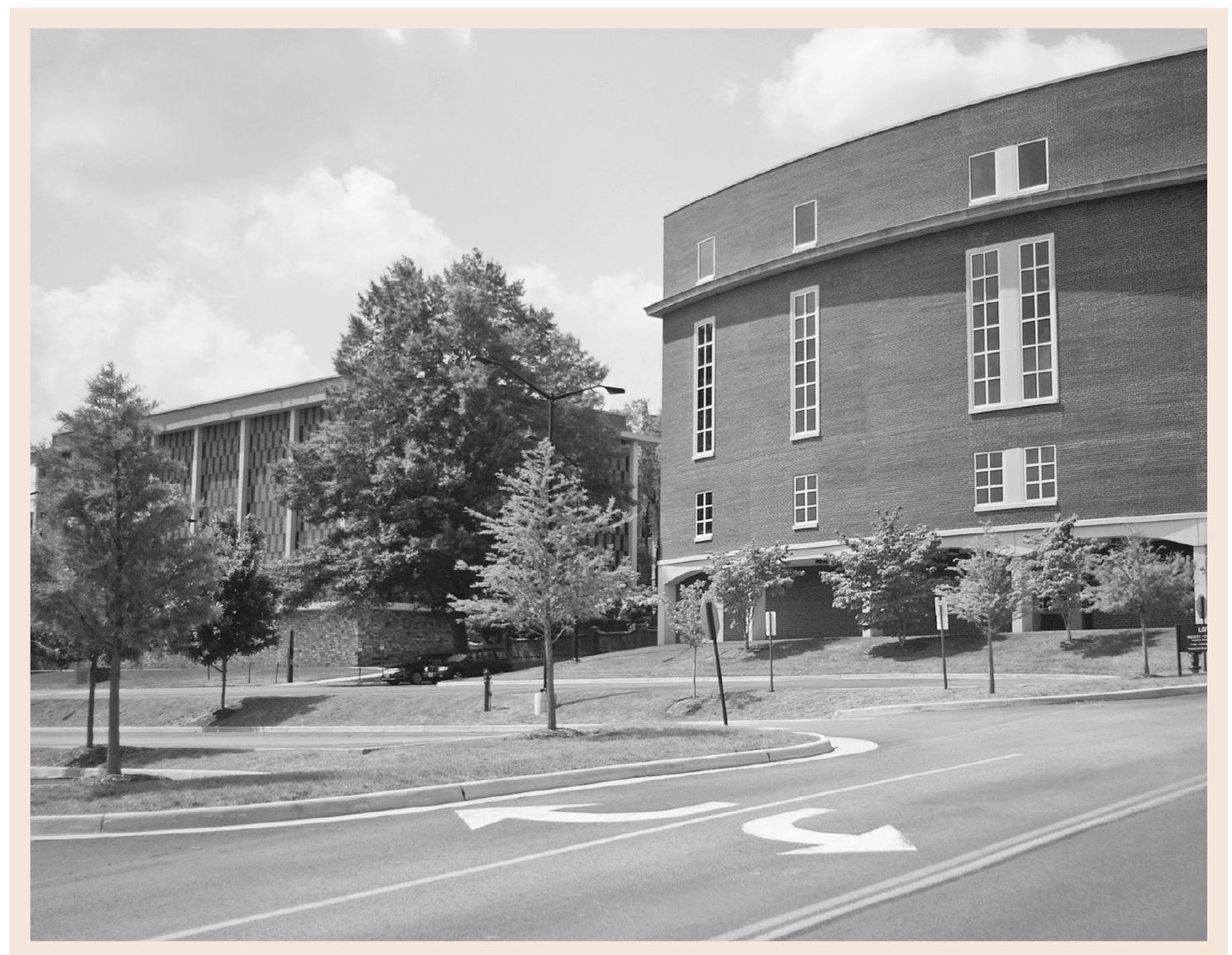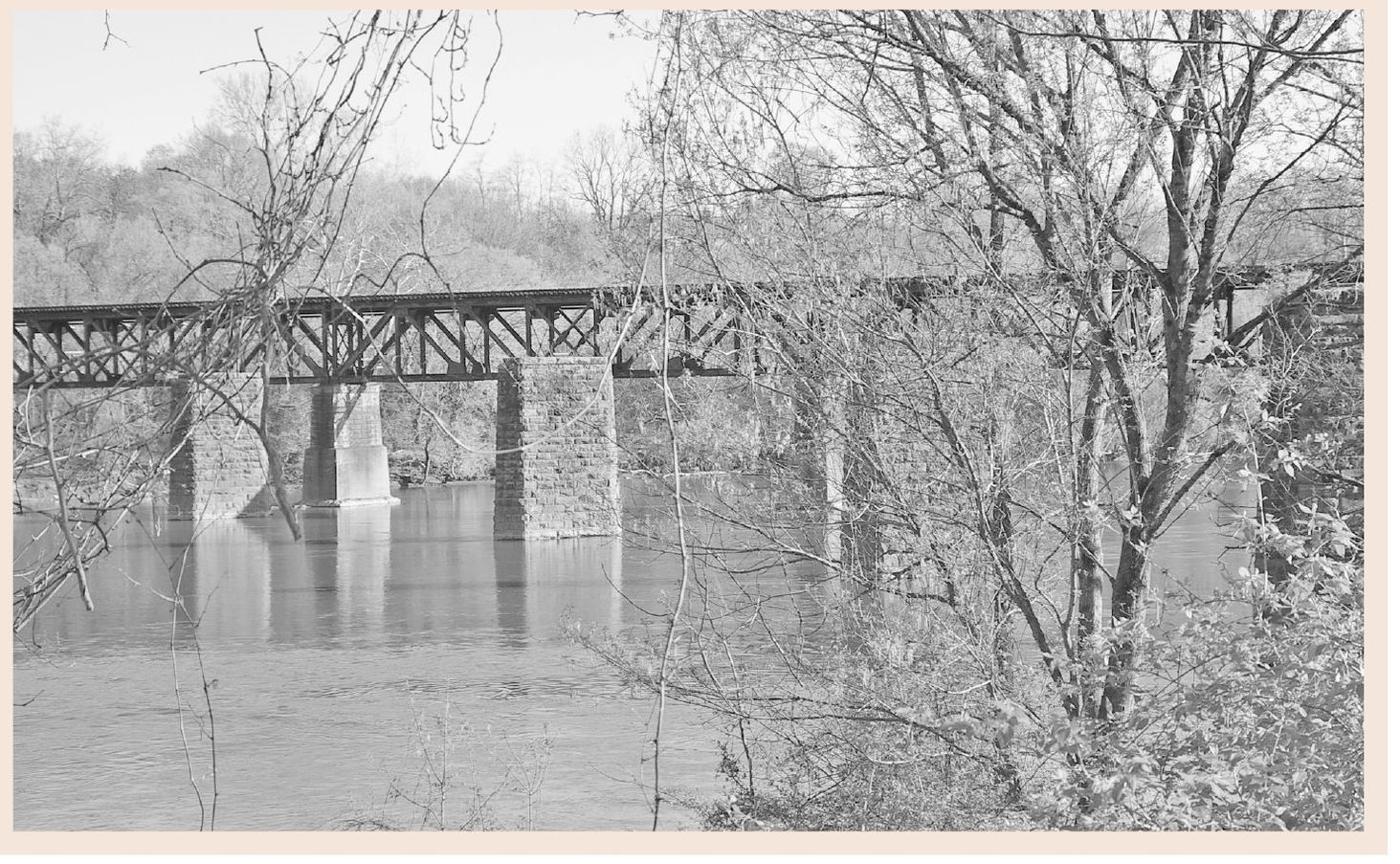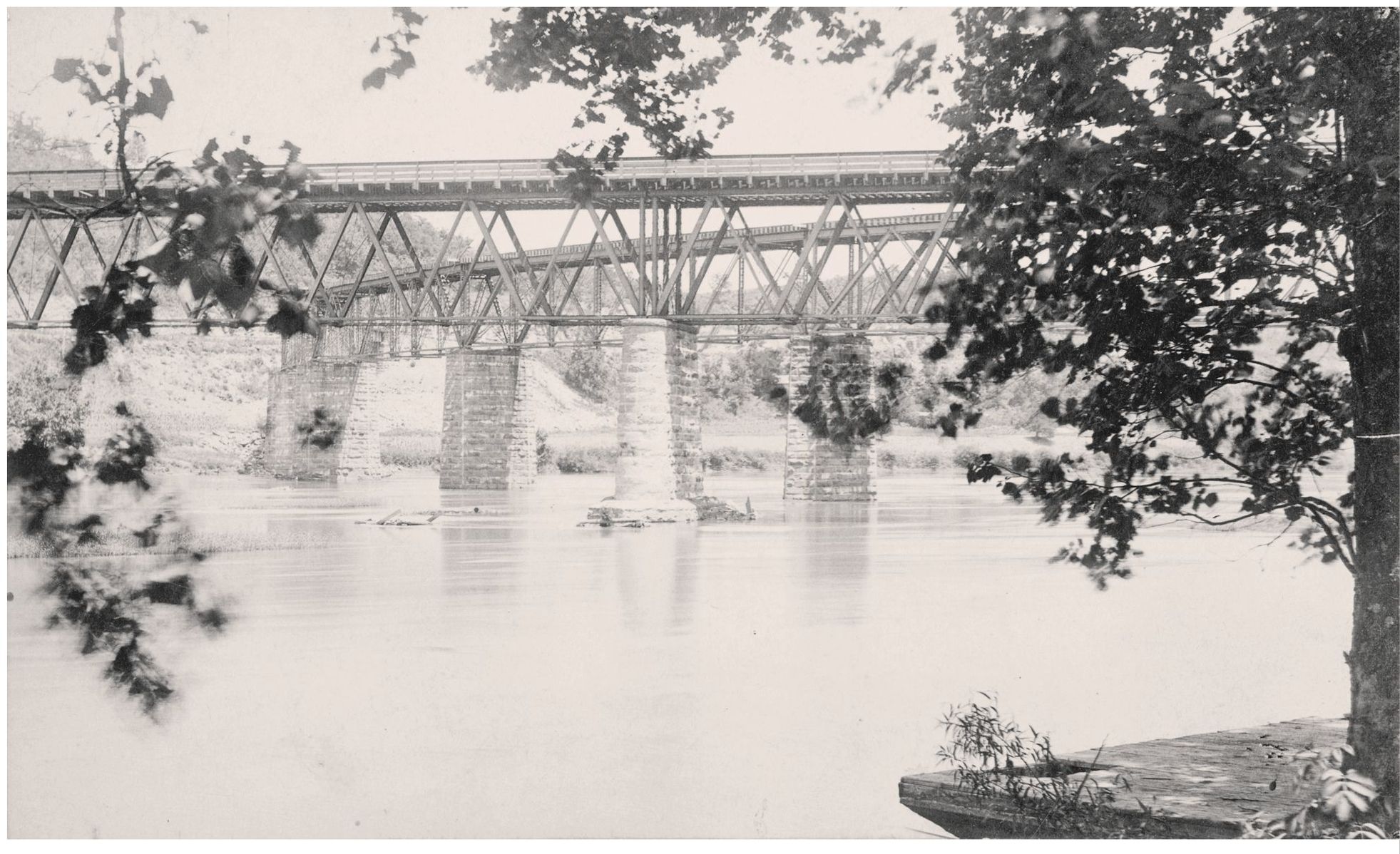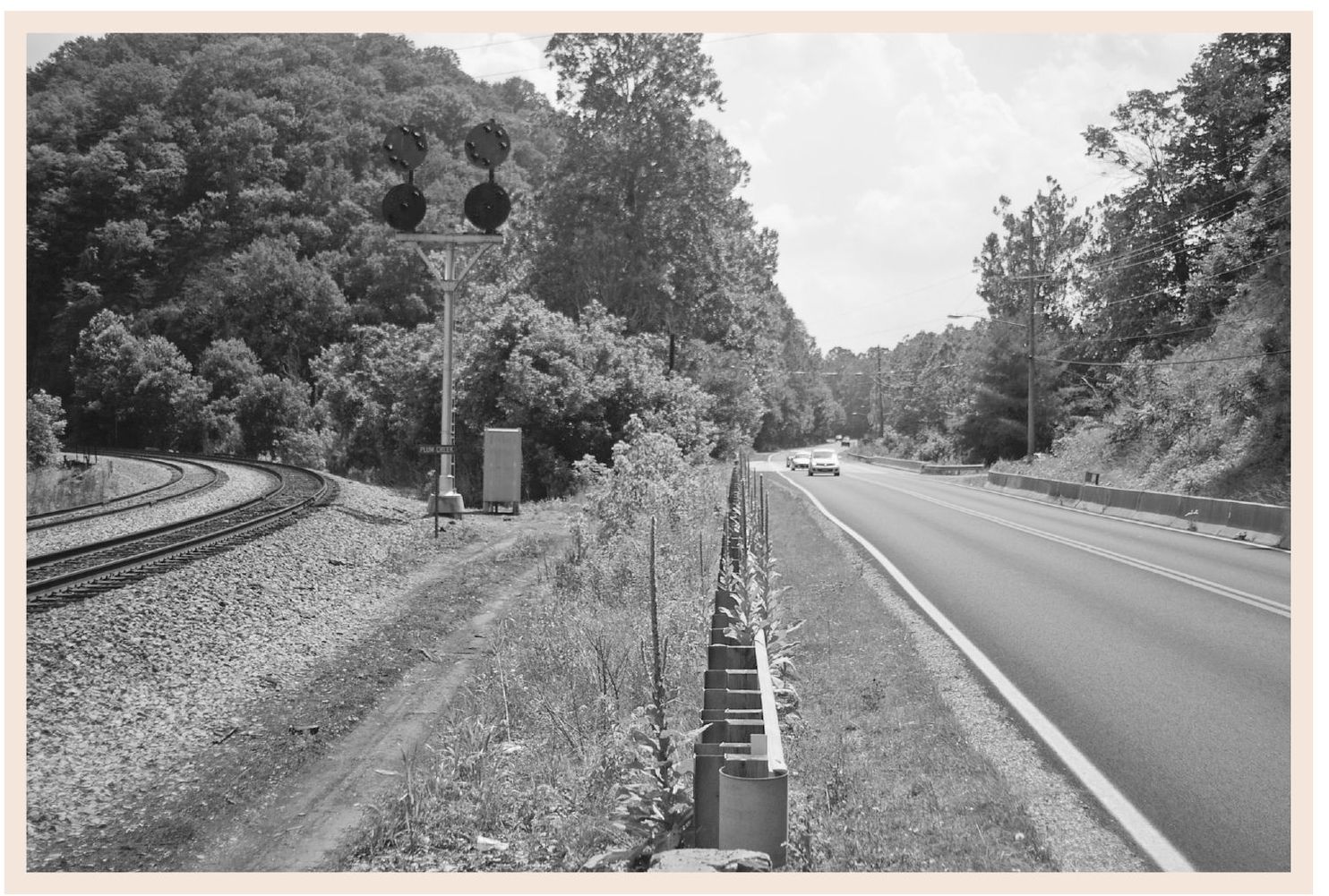ACKNOWLEDGMENTS
First and foremost, I would like to thank Ann Fisher who encouraged me to take this journey into the history of Radford. It was her faith in me that helped get this project off the ground. I would also like to acknowledge Marsha DuBose who helped me with my research and fact-checking. Thank you for sharing your love of history with me. Also of great help was Brack Stovall who aided me with his computer savvy and allowed me to use his camera. Thank you for loading my countless pictures. Finally I would like to thank the rest of my committee, Toni Cox and Crystal Henderson, for their help. It would be very remiss of me not to thank all my fellow staff members at the Radford Public Library who have helped on this project by being there for me. Thank you.
I would like to thank everyone who allowed me to share their images of Radford with the public. I also thank you all for your wonderful stories. In alphabetical order, the photograph contributors are Calvary Baptist Church, Sarah Carter, Doug and Martha Gardner, Mary Jane Harmon, Harvey Chevrolet, Will Hoover, Inland Motor, Susan Lesko, Old Brick Presbyterian Church, Radford Fire Department, Radford Heritage Foundation, Radford Public Library, Radford University Archives, Dana Gregory Rose, Alban Shumate, Margaret Sproule, Tom Starnes, Larry Walker, and Carl Whitt. Their names appear at the ends of the captions for which they provided the vintage photographs.
Thanks are in order for everyone who provided information, stories, proofreading skills, and feedback. In alphabetical order, they are Sarah Carter, Michele Chapman, Fred Cornell, Glada Dulaney, Judy Durham, Doug and Martha Gardner, Mary Jane Harmon, Walter Harriman, Harvey Chevrolet, Beth Hill, Jim Hurt, Gene Hyde, Lewis Bud Jeffries, Liz Mills, Jettie and Bobbie Montgomery, Bob Nicholson, Becky Price, David Ridpath, Dana Gregory Rose, John Rutherford, Alban Shumate, Margaret Sproule, Jan Stone, Larry Walker, Michael Walters, Marie Waters, Marty White, Thomas Wilson, and Bette Wright.
The materials used in the research were The American Legion Department of Virginia, Families of Grace by Joanne Spiers Moche, A History of the State Teachers College at Radford by MLedge Moffett, The History of Radford by Annie Sue Anderson, Radford Reflections by Charles E. Fretwell, Radford Then and Now by Elmer D. Johnson, TheWhartonsTown by Linda Killen, MLedge Moffetts scrapbooks, the Roanoke Times , Radford Colleges Grapurchat , local church history accounts, and countless newspaper clippings saved over the years by Radford citizens.
Unless otherwise noted, all modern images appear courtesy of the author.
Find more books like this at
www.imagesofamerica.com
Search for your hometown history, your old
stomping grounds, and even your favorite sports team.
CHAPTER
A CITY IS BUILT
It is hard to imagine that the old storefront buildings of Radford have not always existed. This picture shows construction taking place on the iconic downtown buildings of Radford in the early 1900s. The photographer was standing at the corner of Third Avenue and East Main Street when he took this shot. The buildings reflect the excitement and dreams of those people who first sought to develop the city. (Mary Jane Harmon.)
William Ingles chartered Ingles Ferry in 1762 at the location where the Wilderness Road crosses the New River. In 1843, his grandson Thomas Ingles built a covered bridge, which was destroyed by Union troops in 1864, and the ferry was once more put into use. The ferry ended its run in 1948 when a coal truck proved too heavy for the ferry and sank it. The bridges of I-81 were completed in 1965 and stand near the ferry site. (Mary Jane Harmon.)
In 1835, a group of Presbyterian followers and their leader, Edward Hammett, started a Presbyterian church in Lovely Mount (now Radford). The church group eventually erected a brick structure along Rock Road in 1845 on land deeded to the congregation by Dr. John Blair Radford. The church stood until 1956 when a disintegrating structure forced the construction of a new building. The name of the church was originally Lovely Mount Presbyterian and is now Old Brick Presbyterian. (Old Brick Presbyterian.)
The Heth House originally started as a log structure in 1829. It served as a home and then at another point as a school. The home was taken over by Capt. Stockton Heth, and a brick addition was made in 1866. The building served as a residence until 1913 when it was used as a dormitory. The home was officially acquired as a dormitory in 1933. After years of sitting vacant, it was torn down in 1958. (Gardner.)
In the 1850s, the Virginia and Tennessee Railroad crossed the New River at Central (Radford) with a bridge that drew Union forces seeking to cut off supplies during the Civil War. The bridge was burned in 1864 and was quickly rebuilt. It was eventually replaced in the same location. The curved bridge was built in 1888 to access the coalfields of Virginia and West Virginia and was torn down in 1905, but the straight line continues to be used. (Susan Lesko.)
The rail line can be seen running alongside the river at the far east end of Radford in the early 1900s. This area was greatly changed in 1935 when Route 11 was rerouted to pass through on the way to Christiansburg. When Route 11 was first opened in 1926, it passed along Tyler Avenue; the route was changed to lessen traffic flow on Tyler Avenue. The road is still an important way for motorists to reach Christiansburg. (Mary Jane Harmon.)

